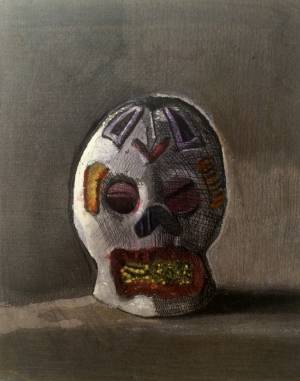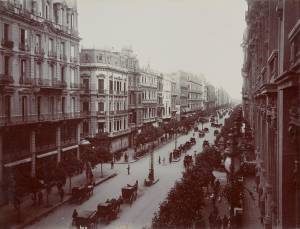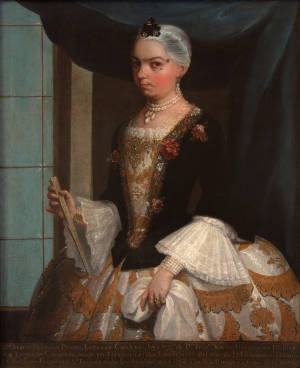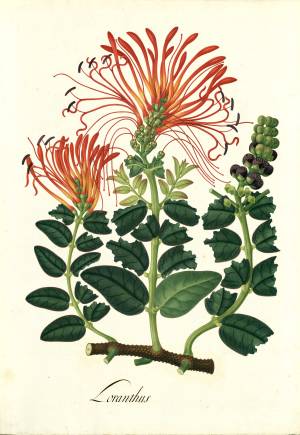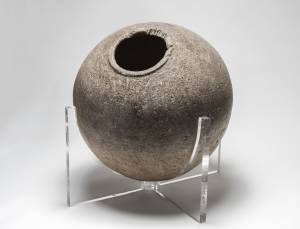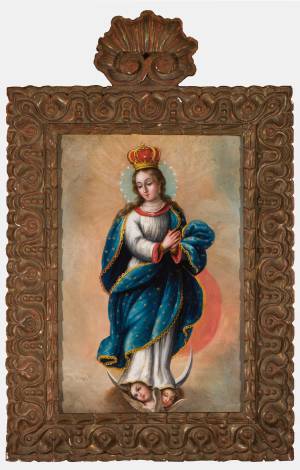This exhibit explores how Mexico became California and the role of visual arts in this transformation, creating distinct pictorial motifs and symbols that helped define the new California.
California Mexicana: Missions to Murals, 1820–1930 , explores how Mexico became California. Following the U.S.-Mexican War (1846–1848), lands that had belonged for centuries to New Spain, and later Mexico, were transformed into the 31st state of the U.S. The visual arts played a strong role in this transformation, creating distinct pictorial motifs and symbols that helped define the new California while establishing dialogues and intersections with the land’s previous identity as Mexico. Juxtaposing paintings with popular posters, prints, and some of the earliest movies made in Los Angeles, the exhibition reveals how this image of California spread worldwide. Objects range from picturesque landscapes of Alta California and still life paintings featuring fruits, flowers, and other plants that celebrated the state's agricultural growth, to works by early modernists such as the Mexican painters Diego Rivera and Frida Kahlo. California Mexicana: Missions to Murals, 1820–1930 , demonstrates how a unique amalgam of Mexican and Anglo visual traditions created a profile for California distinct from any other U.S. state.
This exhibit explores how Mexico became California and the role of visual arts in this transformation, creating distinct pictorial motifs and symbols that helped define the new California.
California Mexicana: Missions to Murals, 1820–1930 , explores how Mexico became California. Following the U.S.-Mexican War (1846–1848), lands that had belonged for centuries to New Spain, and later Mexico, were transformed into the 31st state of the U.S. The visual arts played a strong role in this transformation, creating distinct pictorial motifs and symbols that helped define the new California while establishing dialogues and intersections with the land’s previous identity as Mexico. Juxtaposing paintings with popular posters, prints, and some of the earliest movies made in Los Angeles, the exhibition reveals how this image of California spread worldwide. Objects range from picturesque landscapes of Alta California and still life paintings featuring fruits, flowers, and other plants that celebrated the state's agricultural growth, to works by early modernists such as the Mexican painters Diego Rivera and Frida Kahlo. California Mexicana: Missions to Murals, 1820–1930 , demonstrates how a unique amalgam of Mexican and Anglo visual traditions created a profile for California distinct from any other U.S. state.
Show More...



